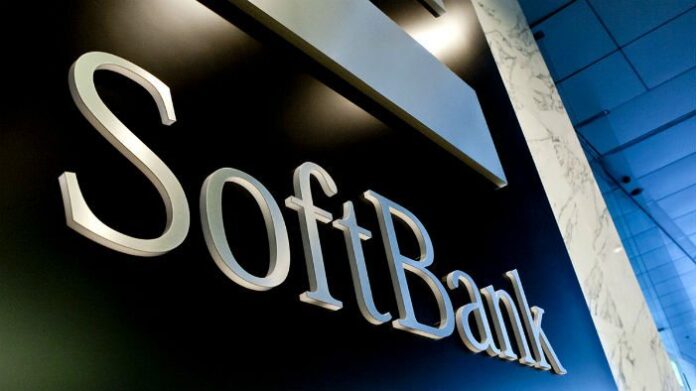SoftBank target use cases include tele-health, tele-education, factory automation, AR and VR
Japanese telco SoftBank has partnered with Chinese vendor Huawei to demonstrate potential 5G use cases for its enterprise partners.
The demonstration included real-time UHD video transmission using ultra-high throughput, remote control of a robotic arm using ultra-low latency transmission and remote rendering via a GPU server using edge computing.
The real-time UHD video transmission demonstrated throughput of over 800 Mbps. Also, the remote control of the robotic arm demonstrated an ultra-low latency one-way transmission of less than 2ms.
SoftBank said it is planning various experiments to study 5G technologies and aims to launch 5G commercial services around 2020.
In the real-time UHD video transmission, an UHD camera was installed inside the demonstration room to capture outdoor scenery, the two companies said. The data from this camera was then compressed in real-time using an encoder and transmitted through the ultra-high throughput 5G network to a UHD monitor via a decoder, where the original data was recovered. In this demonstration, the scenery of the Odaiba Tokyo Bay area was successfully displayed on the UHD monitor using the ultra-high throughput provided by the 5G network. The companies highlighted that this technology can be applied to various industries, including tele-health or tele-education.
Meanwhile, in the immersive video demo, scenery was captured by a 180-degree camera equipped with four lenses pointing four different directions installed in the demonstration room, and captured scenery was distributed to smartphones and tablets over the 5G network.
Four separate cameras were set up to capture the scenery in different directions, and the video images captured by these cameras were stitched together to generate a 180-degree panoramic video image that enabled multiple simultaneous camera views. Then the video image was compressed and distributed to smartphones or tablets in real-time over the 5G network, which gives users a realistic user experience. Coupled with a 5G network, this technology can be applied to virtual reality (VR) or augmented reality (AR), the companies said.
Another highlight from the demonstration was the remote control of a robotic arm. Huawei said the function could be used for factory automation, for example. The demo involved using the robotic arm to play an air hockey game against a human, with a camera installed on top of the table to detect the puck’s position and calculate its trajectory. The results were then forwarded to the robotic arm’s control server, enabling it to play the game.

